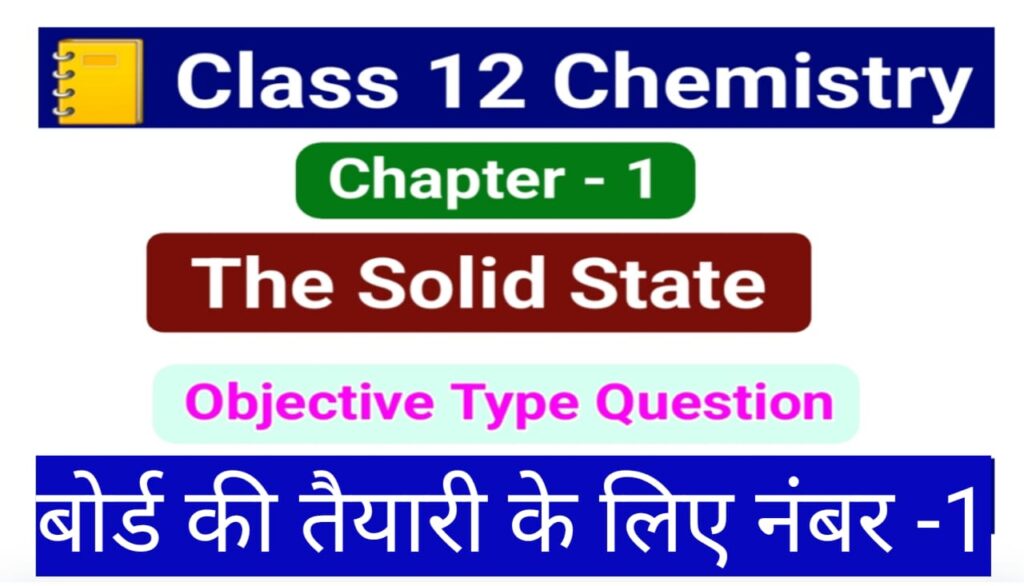- Which of the following is not a Doeberiner triad –
(a) Li, Na, K (b) Mg, Ca, Sr
(c) Cl, Br, I (d) S, Se, Te
- Which of the following set of elements obeyes Newland’s octave rule –
(a) Na, K, Rb (b) F, Cl, Br
(c) Be, Mg, Ca(d) B, Al, Ga
- The elements of groups, 1, 2, 13, 14, 15, 16 and 17 are collectively called –
(a) Noble Gases
(b)Representative or normal elements
(c) Transition elements
(d) Inner transition elements
- The discovery of which of the following group of elements gave a death blow to the Newlands Law –
(a) Inert gases (b) Alkali metals
(c) Transuranic elements
(d) Halogens
- From the list given below, elements which belongs to the same group or sub-group are-
(a) Atomic Number = 12, 20, 4, 88
(b) Atomic Number = 8, 16, 32, 2
(c) Atomic Number = 11, 18, 27, 5
(d) Atomic Number = 24, 47, 42, 55
- The name Rare earths’ is used for –
(a)Lanthanides only
(b) Actinides only
(c) Both lanthanides and actinides
(d) Alakaline earth metals
- There are 10 neutrons in the nucleus of te element z .It belongs to-
(a) f-block (b) s-block
(c) d-block (d) f-block
- For Rb(Z=37), points our the number of electrons present in L and N shells respectively-
(a) 8 and 18 (b) 18 and 8
(c) 8 and 8 (d) 2 and 8
- The electronic configuration of an element is , , . The atomic number of elemint present just below the above element in periodc table is –
(a) 36 (b) 34
(c) 33 (d) 32
- The number of elements in 5th and 6th period of periodic table are respectively-
(a) 8, 18 (b) 18, 18
(c) 18, 32 (d) 18, 28
- Atomic number of Ag is 47. In the same group the atomic number of elements placed above and below Ag will be –
(a) 37, 67 (b) 29, 79
(c) 39, 69 (d) 29, 65
- Atomic number 15, 33, 51 represents the following family-
(a) Carbon family
(b) Nitrogen family
(c) Oxygen family (d) None
- The atom having the valence shell electronic configuration 4s2 4p2 would be in –
(a) Group II A and period 3
(b) Group II B and period 4
(c) Group IV A and Period 4
(d) Group IV A and Period 3
- As applied to periodic table, which of the following sets include only magic number –
(a) 2, 8, 20, 28, 50, 82, 126
(b) 2, 8, 8, 18, 18, 32
(c) 2, 2, 8, 8, 18, 32
(d) 2, 8, 18, 18, 32, 32
- In the general electronic configuration- (n-2)f1-14 (n-1)d0-1 ns2, if value of n = 7 the configuration will be –
(a) Lanthenides(b) Actinides
(c) Transition element
(d) None
- Z/e ratio for N3-, O2- and F– respectively will be –
(a) 0.7, 0.8 and 0.9
(b) 0.9, 0.8 and 0.7
(c) 7, 8 and 9
(d) 9, 8 and 7
18.The ionic radii of N3- , O2- and F– respectively given by-
(a) 1.36, 1.40 , 1.71
(b) 1.36 , 1.71 , 1.40
(c) 1.71 , 1.40 , 1.36
(d) 1.71 , 1.36, 1.40
- In which of the following compound manganese show maximum radius-
(a) MnO2 (b) KMnO4
(c) MnO(d) K3[Mn(CN)6]
- Atomic radii of Fluorine and Neon in Angstrom units are given by-
(a) 0.72, 1.60 (b) 1.60, 1.60
(c) 0.72, 0.72
(d)None of these
- Which of the following has largest radius-
(a)1s2, 2s2,2p6,3s2
(b) 1s2, 2s2 2p6, 3s2 3p1
(c) 1s2, 2s2 2p6, 3s23p3
(d) 1s2, 2s22p6 , 3s23p5
- Arrange the elements in increasing order of atomic radius Na, Rb, K, Mg-
(a) Na < K < Mg <Rb
(b)K < Na < Mg <Rb
(c) Mg < Na < K <Rb
(d) Rb< K < Mg < Na
- The order of size is –
(a) S-2>Cl–> O-2> F–
(b) Cl– > S-2> O-2> F–
(c) S-2> O-2>Cl–> F–
(d) S-2> O-2 > F–>Cl–
- Which of the following is not is isoelectronic series-
(a) Cl– , P3- , Ar
(b) N3- , Ne , Mg+2
(c) B+3 , He , Li+
(d) N3- , S2- , Cl–
25.The maximum tendency to form unipositive ion is for the element with the electronic configuration –
(a) 1s2, 2s22p6 , 3s2
(b) 1s2 , 2s2 2p6 . 3s2 3p3
(c) 1s2, 2s22p6 , 3s23p2
(d) 1s2 , 2s2 2p6 , 3s23p3
- The correct order of stability of Al+ , Al+2, Al+3 is –
(a) Al+3> Al+2> Al+
(b) Al+2> Al+3> Al+
(c) Al+2< Al+> Al+3
(d) Al+3> Al+> Al+2
- Outermost electronic configuration of the most electronegative element is –
(a) ns2np3 (b) ns2np6
(c) ns2 (d) ns2np5
- The most non-metallic element among the following is –
(a) 1s2, 2s2 , 2p4
(b) 1s2 , 2s2 , 2p2
(c) 1s2 , 2s2 , 2p3
(d) 1s2 , 2s2 , 2p5
- Match list –I (atomic number of element) with list-II (position of elements in periodic table) and select the correct answer using the codes given below the lists:
list-I list-II
(a) 19 i. p-block
(b) 22 ii. f-block
(c) 32 iii.d-block
(d) 64 iv.s-block
- Which one of the following groups represent a collection of isoelectronic species
( At. no. Cs = 55 , Br = 35 )
(a) N3- , F– , Na+
(b) Be , Al3+ , Cl–
(c) Ca2+ , Cs+ , Br
(d) Na+ , Ca2+ , Mg2+
- Pick out the isoelectronic structure from the following?
I +CH3 II. H3O+
III. NH3 IV. CH–3
(a) I and II (b) III and IV
(c) I and III (d) II , III and IV










